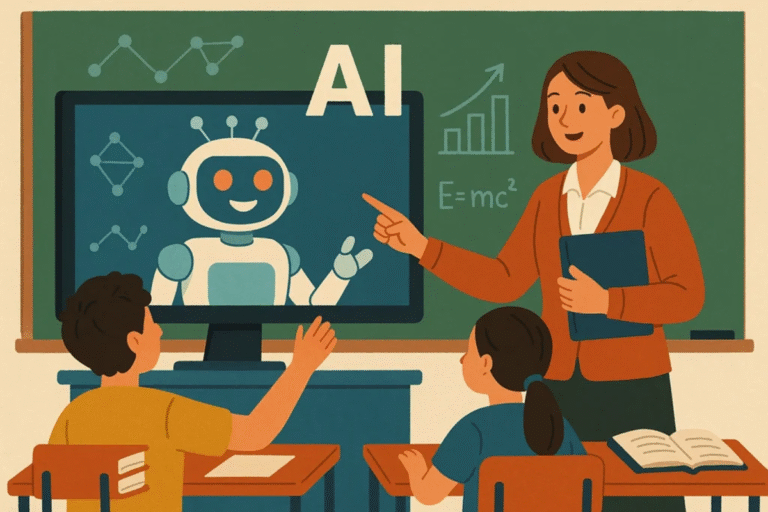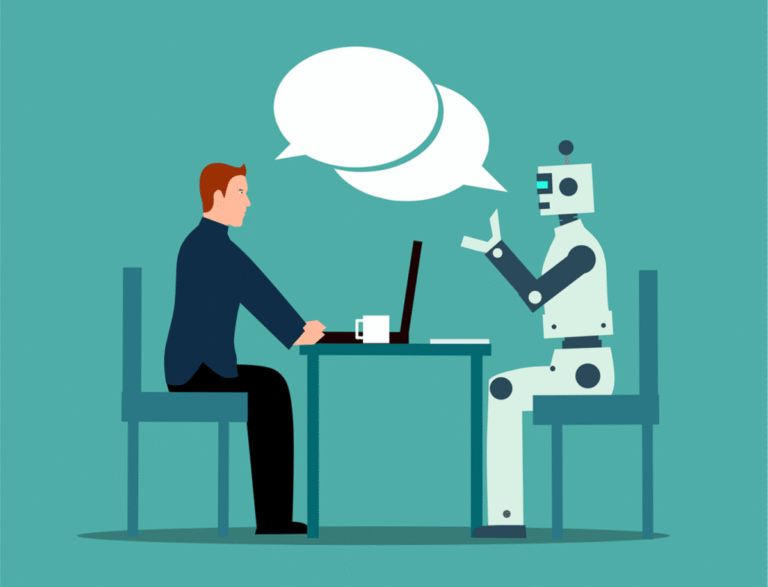The future of work has become an all encompassing buzzword, representing everything from automation to working remoteley. A philosophical question: what is job? Essentialy it is something to be broken down into their essential duties.
Ravin Jesuthasan, global leader for transformation services at the consulting firm Mercer, says that the current menaning for job today is passing beyond the traditional idea, and that “It’s essentially going to a much more granular level of analysis tha just this thing called a job.
Mercer operates prinicipally with tech leaders and many business stakeholders to find opportunities for innovation. Understanding the essential duties of a job can best help stakeholders to decide which kind of investment is better for their own busines between artificial intelligence, automation or others.
The non conventional thought behind this mentality is that work must be put before technology. Jesuthasan and Mercer are trying to change business view work first. The next step is to connect internal stakeholders in order to make that change happen. Indeed, when companies view the tech and the work as abinary relationship, they miss out a big opportunity on how the tech can argument the work.
Jesuthasan’s analysis is about paradoxal facts. For example, workplaces don’t have to decide between an automating process and hiring a worker to do it. Instead, management can choose a combination of both by automating the repetitive tasks together with a wroker to make things that tech is not able to do. Man and machine work side by side, not against each other.
Tech and work: the role of HR managers
This process reaches beyond any single department to connect tech leaders with the parts of the organization like human resources. HR leaders will be in charge of guiding the future of work principles that business-technology managers can help implement.
The digital transformation will include everything from automation to enabling tech that improves transparency and the effectiveness of workers. But innovation doesn’t always mean buying and implementing the most sophisticated technology on the market. According to Jesuthasan, tech leaders can help business to solve problems innovatibely by using already available.
That can works if departments are in touch and work very close to the same projects. Large company usually habe a disconnect between departments and where they’re using vendors. Mercer is convinced that across companies, including tech, solve work issues by connecting those departments.
“The concepts we developed are great, but we need to ensure they work for that particular organization”, said Jesuthasan.












